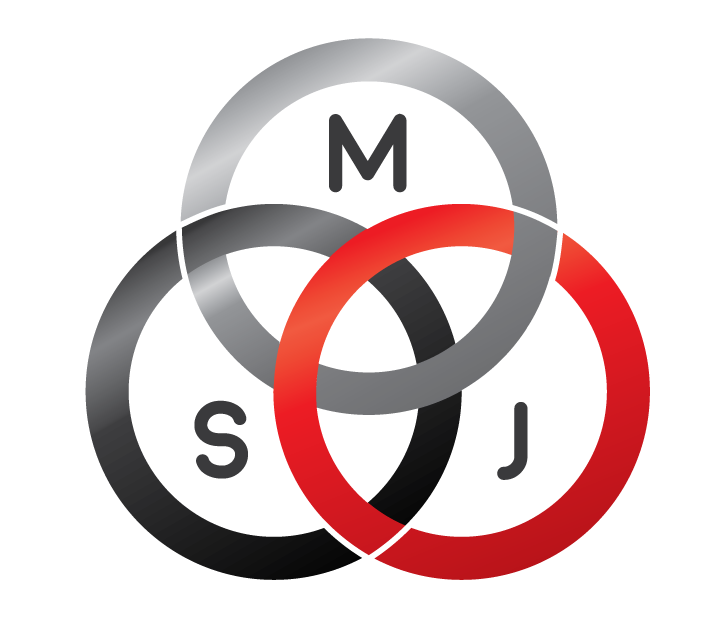Services
Our Services
Chiropractors correct the alignment of the spine through gentle, specific joint movements- called adjustments . These corrections provide structural alignment to the spine and associated structures (e.g. pelvis and legs). This allows for an optimally efficient body- both mechanically and biologically, as we respond to the ever changing environment around us. If health is defined as “ the body’s ability to respond and adapt to the environment around us, and not merely the absence of symptoms”...then an optimally functioning body and Nervous system is essential to good health.
Non-surgical Computerised Spinal Disc Decompression Therapy (DTS) is a non-invasive treatment protocolfor acute and chronic spinal pain coming from the damaged disc. Symptoms may includereferred leg or arm pain, numbness and tingling along the nerve pathways and functional weakness. Disc damage includesherniated, ruptured, bulging or degenerative discs.
Shockwaves are SONIC PULSES with specific physical characteristics that create pressure when applied to tissues.
Our 3 tiered approach to all conditions involves looking at the body holistically. When assessing a condition, or injury, we look at a treatment design from the perspective of its overall contributing factors. This includes the muscular component.
Dry Needling, also known as Intramuscular Stimulation (IMS), is an effective technique usedto treat pain arising from muscles and/or nerves. Dry needling involves inserting a needle, without medication or injection, into an area of the muscle known as a trigger point.
Common Conditions we treat successfully:
You may have heard the term “slipped disc” used to describe a low back injury. Discs do not actually “slip”. Rather, they may herniate or bulge out from between the bones. A herniation is a displaced fragment of the centre part or nucleus of the disc that is pushed through a tear in the outer layer or annulus of the disc.
Aging brings about several changes in the human anatomy, as our bodies become more susceptible to wear and tear. A common condition that arises because of aging is called Degenerative Disc Disease, and it is a condition that can also be passed on genetically.
Pinched nerve is actually a poorly used term to describe a variety of conditions that have a nerve component.
Trigger points are very tight “knots” of muscle that form when muscles are either chronically overworked or injured. They commonly cause sharp, pinching or burning pain. Trigger points will commonly cause pain that radiates to other parts of the body, which is called referred pain. The successful treatment of trigger points usually requires a combination of chiropractic care, stretching and a form of deep tissue massage or Shockwave Therapy.
The sciatic nerve is the longest nerve in your body running from your pelvis, through your hip area and buttocks and down each leg. The sciatic nerve branches into smaller nerves as it travels down the legs providing feeling to your thighs, legs, and feet as well as controlling many of the muscles in your lower legs. The term “sciatica” refers to pain that radiates along any of the paths of this nerve.
Stenosis is a medical condition where an area of the spine narrows — usually in the neck or lower back. This can compress the spinal cord or nerves. Based on the specific nerves affected, spinal stenosis may create pain or numbness in the neck, back, shoulders, arms or legs.
Failed back surgery syndrome (FBSS) is seen in 10-40 percent of patients who undergo back surgery. It is characterized by intractable pain and varying degrees of functional incapacitation occurring after spine surgery. There are many reasons that a back surgery may or may not work, and even with the best surgeon and for the best indications, spine surgery is no more than 80% predictive of a successful result.
Most people do not realize how much they move their neck during the day until they are unable to do so. The degree of flexibility of the neck, coupled with the fact that it has the least amount of muscular stabilization and it has to support and move your 12-14 pound head, means that the neck is very susceptible to injury. You can picture your neck and head much like a bowling ball being held on top of a stick by small, thin, elastic bands. It doesn’t take much force to disrupt that delicate balance.





